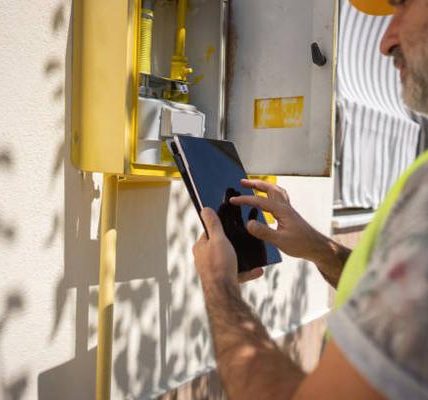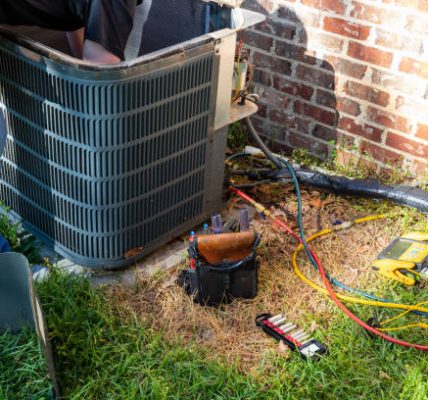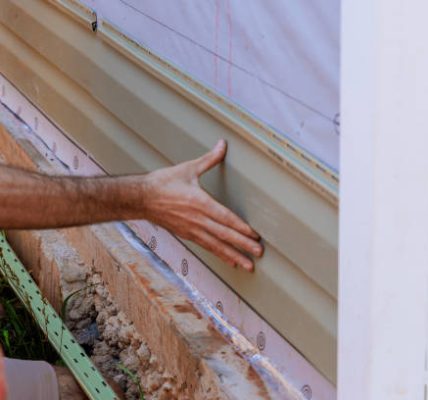Natural disasters can wreak havoc on communities, leaving behind a trail of destruction and devastation. In addition to the physical damage caused by hurricanes, floods, earthquakes, and wildfires, these disasters can also create biohazardous conditions that pose serious health risks to those involved in cleanup efforts. It is crucial for individuals and organizations to understand the potential dangers associated with biohazards after natural disasters and take appropriate steps to ensure safe restoration.
Biohazards are biological substances that pose a threat to human health or the environment. In the aftermath of a natural disaster, biohazards can be present in various forms, including mold, bacteria, viruses, and toxic chemicals. Exposure to these contaminants can lead to a range of health issues, from respiratory problems and skin irritations to more serious illnesses such as infections and diseases.
When it comes to cleaning boise unattended death clean up after a natural disaster, it is essential to prioritize safety above all else. This includes wearing personal protective equipment (PPE) such as gloves, masks, goggles, and coveralls to protect against exposure to biohazardous materials. It is also important to properly disinfect contaminated areas using appropriate cleaning agents and techniques.
One of the most common biohazards encountered after a natural disaster is mold. Mold thrives in damp environments and can quickly spread throughout a building if not properly addressed. Exposure to mold spores can trigger allergic reactions in some individuals and exacerbate respiratory conditions such as asthma. To safely remove mold from an affected area, it is recommended to hire professional remediation services that have the expertise and equipment needed for thorough cleanup.
Another potential biohazard that may be present after a natural disaster is sewage contamination. Floodwaters can carry raw sewage into homes and buildings, posing significant health risks due to the presence of harmful bacteria and pathogens. It is crucial not only to remove standing water but also thoroughly clean and disinfect affected surfaces using specialized cleaning agents.
In addition to mold and sewage contamination, other biohazards that may be encountered during post-disaster cleanup include asbestos-containing materials (ACMs), lead-based paint chips or dust particles ,and chemical spills . These hazardous substances require careful handling by trained professionals who have experience working with toxic materials.
Overall,safe restoration after a natural disaster requires diligence,careful planning,and adherence to established safety protocols.It’s important for individuals and organizations involved in cleanup efforts to prioritize their own well-being and take necessary precautions when dealing with potentially dangerous biohazards.
Valor Technical Cleaning
2706 S Victory View Way, Boise, ID 83709
208-747-0633





